Feature
Student work • Los Angeles 2022
 “Nobody teaches us in the industry. Nobody teaches about chemicals. Nobody teaches us about health and safety,” Dash said.
“Nobody teaches us in the industry. Nobody teaches about chemicals. Nobody teaches us about health and safety,” Dash said.
Published July 28, 2022
 Melanie Nguyen
Melanie Nguyen
 Shanivi Srikonda
Shanivi Srikonda
 Megan Tagami
Megan Tagami
 Meimei Xu
Meimei Xu

Asian immigrants are increasingly organizing against exploitation and dangerous working conditions in beauty salons. Photo Credit: Creative Commons
When Pabitra Dash came to the United States from Nepal in 2010, she turned to the same industry that has provided social currency and mobility for so many other Asian immigrants: beauty salons.
But throughout her eight-year career as a nail technician, Dash went on to experience seven miscarriages. Dash’s doctor did not inform her that working in nail salons could endanger her reproductive health until she quit the industry, leaving her outraged that she had been deprived of the information needed to protect herself.
“Nobody teaches us in the industry. Nobody teaches about chemicals. Nobody teaches us about health and safety,” Dash said.
The stigma surrounding pregnancy loss in Nepali culture left Dash alone during one of the most difficult times in her life, with only her husband for company.
Afraid that they too would have miscarriages if they associated with her, Dash’s friends cut her out of their lives. “So for two years, even though my close friends are my friends, they stopped talking to me,” Dash said. “They deny me and they don’t invite me at their home … I’m not allowed to touch their children.”
Dash’s story is not unique – behind the manicures, relaxing massages and perfect faces of makeup are dozens of Asian American workers who report unsafe working conditions, unfair dismissal and inconsistent wages.
The coronavirus pandemic, rising anti-Asian violence and targeted attacks against beauty and spa workers have exacerbated these circumstances, placing many Asian Americans — already the least unionized racial group in the country — in a particularly precarious position
Nonetheless, workers are channeling their grief and frustration into research and advocacy, hoping to make the industry safer for themselves and the next generation of workers.
At the beginning of her career, Dash sometimes found herself working 13-hour days for only $25 total, often on an empty stomach.
“There is no lunch time. There’s no break time – really simple things we need,” Dash said.
Chemicals from nail polishes, polish removers and disinfectant supplies infiltrated her workspace for more than 12 hours a day. Management discouraged protective equipment, Dash said, citing customers’ concerns that workers wearing masks seemed sick and gloves made for less enjoyable hand massages.
Employment was unstable: As demand for manicures and pedicures fell during winter, Dash and her co-workers made only half the wages they earned during summer.
At one salon, Dash faced conditions so severe that she planned to call the New York State Department of Labor. She relented when her undocumented coworkers begged her to refrain, lest they be deported – but she soon found herself out of work for two months.
“The owner, she knows about my plan to call [the] legal department, so she call couple of owners, and then she give information: ‘If Pabitra is there, don’t hire,’” Dash said. “Nobody wants to hire me because they know I’m going to organize for workers.”
Beauty salon employers are required to comply with federal labor protections for the most part, but employers have found loopholes around full compliance, according to Dung Nguyen, the program and outreach manager at the California Healthy Nail Salon Collaborative advocacy group.
“It’s really unfortunate that even though there are laws in place, employers find a way around it,” Nguyen said.
Palyn Hung, a staff attorney in the workers’ rights program at the Asian Law Caucus, said some employers misclassify working time as “off-the-clock” or “on-call” to avoid minimum wage and overtime pay obligations. In addition, Hung said employers often improperly compensate employees with tactics such as house tips.
“I don’t know if they know that there’s anything wrong with how they’re being paid,” Hung said. “When you are isolated by language, culture, immigration status, you don’t know your rights. So that’s why outreach and organizing are such important tools.”
Despite their problems, the beauty industry remains a critical center of financial possibilities and community for Asian American immigrants.
In San Francisco, right before the hourly minimum wage increased from $16.32 to $16.99, May Tan, a Chinese massage worker, spoke out at a June 29 rally about her struggles for reasonable pay.
“I know a lot of workers are in my same situation, especially in the massage industry, because people don’t know their rights or are scared to speak out,” Tan said in Cantonese. “So for us, the minimum wage is really important. The minimum wage is something that can change our lives and give us more security.”
More work is also needed for the protection of labor rights in the beauty industry, advocates say. According to Vivian Chang, director of civic engagement and racial justice at the Asian Pacific American Labor Alliance, workers in beauty industries often don’t receive all of their federal labor protections.
Many nail salon owners, Chang says, misclassify their workers as self-employed, independent contractors to avoid federal compliance with labor laws.
“Unfortunately, in a lot of nail salons, people are independent contractors, which is pretty messed up because those people are there all day long. Their hours are determined by the nail salon,” Chang said. “So legally, they shouldn’t be independent contractors.”
In a 2018 study of nail salon workers within the United States conducted in partnership with CAHNSC, the UCLA Labor Center found 30% of nail salon workers are considered “self-employed” — a rate that is three times the national average across all industries.
More than a quarter of beauty employees across major industries are self-employed, according to the Bureau of Labor Statistics. In the hair and cosmetology industries, more than 40% of workers are self-employed.
The 2018 UCLA and CAHNSC study also found a number of other barriers to unionization and labor organizing for workers in nail salons. Language barriers, fear of deportation, and economic insecurity prevent workers from reporting labor violations. By extension, these factors also discourage workers from organizing.“A lot of it is fear of retaliation,” Nguyen said of workers’ trepidation to address problematic practices with employers. “Even though retaliation is illegal, people still do it and people are still afraid of it.”
The pandemic also destabilized the nail salon industry. Federal loans intended to keep small businesses afloat largely went to more affluent businesses, leaving salons with less support to weather the devastation.
“The resources were depleted almost immediately, and then — come to find out that it went to the LA Lakers and Shake Shack. Why are those companies getting it, you know?” said Nguyen, the CAHNSC outreach manager. “That was really frustrating for folks. It was kind of the government’s way of saying, ‘Well, we did provide resources, but you just didn’t get to it quick enough.’”
Emily Tran, health project manager at VietLead, said that language barriers and a lack of resources prevented many salon owners from receiving the aid needed to support their businesses throughout the pandemic. The Pennsylvania Department of Labor, for instance, failed to provide outreach in Vietnamese to inform workers and owners that they could receive unemployment compensation or federal business loans.
Nail salon workers returned to an industry with significantly reduced employment and hours, according to a 2022 report from the UCLA Labor Center, Adhikaar for Human Rights & Social Justice, the CAHNSC, and VietLead. At the same time, over 90% of California, Philadelphia and South Jersey nail salon workers did not receive hazard pay while working through the pandemic, the report said.
On top of trying to keep their businesses afloat during the height of the pandemic, salon owners themselves faced increased discrimination.
Tina Bui’s small salon in northern California struggled through the pandemic. She paid rent throughout the year her shop was shuttered – and after reopening, lost half her pre-pandemic income, with fewer clients coming to her business.
“Any business you close for a year, you think this will have customers?” she said. Bui said longtime clients started to treat her differently because of her Asian heritage, even after 35 years of living in the U.S.
“They are my clients from over 20 years,” she said. “Half love me, and half used to love me, but after the pandemic you can see the reaction from them because I’m Asian and COVID came from Asia.”
Anti-Asian hate crimes rose dramatically after the start of the pandemic. The most deadly example of that came in 2021, when a gunman shot and killed eight spa workers in Atlanta, six of whom were Asian. This year, a gunman shot and wounded three women of Korean descent in a hair salon in Dallas’ Koreatown.
“There’s always been a heightened sense of potential fear or danger, particularly around issues of racial or gender violence, and that certainly takes a heightened turn when you’re in an enclosed room with you and your customer where you’re providing a spa service or massage, for example,” said Preeti Sharma, an assistant professor of American studies at California State University, Long Beach.
Queer beauty care workers also face the possibility of anti-LGBTQ hate crimes, which also increased in number at the start of the pandemic. J Srimuang is a non-binary Thai lesbian who is a licensed esthetician and certified makeup artist. Srimuang’s goal is to provide services to queer and transgender people of color, especially from low-income backgrounds, and assist with communal aid.
Like other beauty care workers, Srimuang said they must still fight for their worth.
“Struggling with a lot of ignorance and bigotry in general can be hard because I feel like it shouldn’t be so serious,” Srimuang said. “It’s just makeup, it’s just skincare, but still people find a lot of ways to be really racist, or sexist, or xenophobic even.”
Nonetheless, beauty industry workers have remained undeterred in their efforts to create change – and some are starting to organize.
Occupational standards applied to the salon industry are outdated and were created 50 years ago without women’s reproductive health in mind, according to Thu Quach, president of Asian Health Services. She also emphasized the importance of shifting responsibility for workers’ health and safety from individual salons to government agencies. The fight for stricter regulation has been an uphill battle, but she persists.
“This is a profession,” Quach said. “I want to know what to make sure that those who work in it have a safe place to work and earn a living because it’s their right.”
Still, cultural stigmas and continued silence around the dangers of nail salons can prevent workers from receiving vital information. According to Dash, in both Nepali and American culture, the stigma surrounding reproductive health can prevent women from discussing their miscarriages and the harm of the salon industry. Determined to bring light to these issues, Dash joined Adhikaar, a New York nonprofit dedicated to protecting human rights and serving the Nepali-speaking community. For some workers, advocacy organizations helped them recognize labor abuses.
When Bui, the salon worker, joined CAHNSC, she realized that working conditions had been detrimental to her health. When Bui first started in the nail salon industry, she often found herself crammed into a room under 1,000 square feet with 25 other workers and customers for 10 hours a day.
“Do you think it is safe? No. No ventilation or nothing,” Bui said. “It was kind of scary.”
Bui began lobbying for change in both Sacramento and Washington. Working alongside other advocates, Bui demanded that the government take more care in regulating the chemicals found in nail and hair salons.
“Thirty years ago, no rule or laws, employees never been trained,” Bui said. “You need a job, you need money, so you don’t think it’s abuse.”
But now, looking back? “I think so.”
Despite ongoing efforts to improve the beauty care industry, there is still lots of work to be done. “I feel like I enjoy my job, but there is so many things we need to fix,” Dash said.
Nguyen said she hopes that the nail salon industry has a “just economic recovery” after the COVID-19 shutdown.
“I hope there is more aid for small businesses, for businesses that really deserve it,” Nguyen said. “I’m hoping that there’s a more even playing field for the nail salon in the future and that folks do make a living wage, and that it’s a respected profession and not just viewed as a low-wage profession that women of color do.”
Srimuang said they believe gathering the “courage and bravery” to advocate for clients and coworkers is essential in a “people-forward” industry. While they understand the fear of retaliation, they hope that more professionals speak up in the face of wrongdoing.
“Only good things can come out of you pointing out injustices, or unfairness in pay, or if you see somebody spreading misinformation,” Srimuang said. “It is always good to speak out about those things.”
Dash would also like to see greater government regulation of salons and continued education to help workers protect their reproductive health. She supported New York legislation to set workplace standards for salons across the state; it did not pass, but Dash believes it was a key step in raising issues such as the importance of insurance and retirement aid for nail salon workers.
As an Adhikaar organizer, Dash contributed to a health and safety curriculum for other beauty care employees to learn about the dangers that were never taught to her. One of her nail technician friends realized exposure to chemicals at work may have contributed to her cancer after participating in one of Adhikaar’s trainings.
“She said to me, ‘Pabitra, I wish I had this training before my cancer,’” Dash said. And Dash’s work is far from over. She continues to envision a future in which salons stop using chemicals that have harmed her and so many other workers.
“We can change in the industries,” Dash said. “We want to change for [a] healthy environment for the nail worker.” After years of fertility struggles, Dash now has a two-year-old son, who was born two years after she decided to leave the industry.
While many of her fellow nail technicians were out of work during at the height of the pandemic, there was a “happy” silver lining, she said: Those who wanted children were similarly able to have successful pregnancies, free from a chemical-ridden environment.
Melanie Nguyen, Shanivi Srikonda, Megan Tagami, and Meimei Xu are 2022 Voices students. Mallika Sen and Nicholas Wu edited the features team.
Melanie Nguyen is a student at California State University, Fullerton studying marketing and journalism. She is an editorial intern at Cox Automotive, producing content for Autotrader and Kelley Blue Book. Nguyen is especially interested in writing about business and economics to help customers better understand different markets. Twitter: @mellybelly119
Shanivi Srikonda is a rising junior at Harvard concentrating in human developmental and regenerative biology. She is currently an Associate Editorial Editor and member of the Editorial Board of The Harvard Crimson, where she has previously written a reported column interrogating the role of physical spaces on campus by highlighting student perspectives. She is interning at NOVA this summer. Twitter: @shanivis
Megan Tagami is a rising senior at the University of California Los Angeles studying political science and public affairs. She is currently a reporting intern at the Honolulu Civil Beat, covering issues such as K-12 education and state policy. She is also a news reporter at the Daily Bruin and serves as the content editor of PRIME, The Bruin’s quarterly magazine. Twitter: @MeganTagami
Meimei Xu is a rising junior at Harvard studying History with a secondary in Government. She is a senior reporter at The Harvard Crimson covering the Faculty of Arts and Sciences. Her current work addresses faculty harassment of graduate students, the formation of ethnic studies, and all things Harvard professors. She also works as an editor for The Crimson’s magazine, Fifteen Minutes.
Mallika Sen is an editor at The Associated Press in New York. Nicholas Wu is a Congressional reporter at Politico.
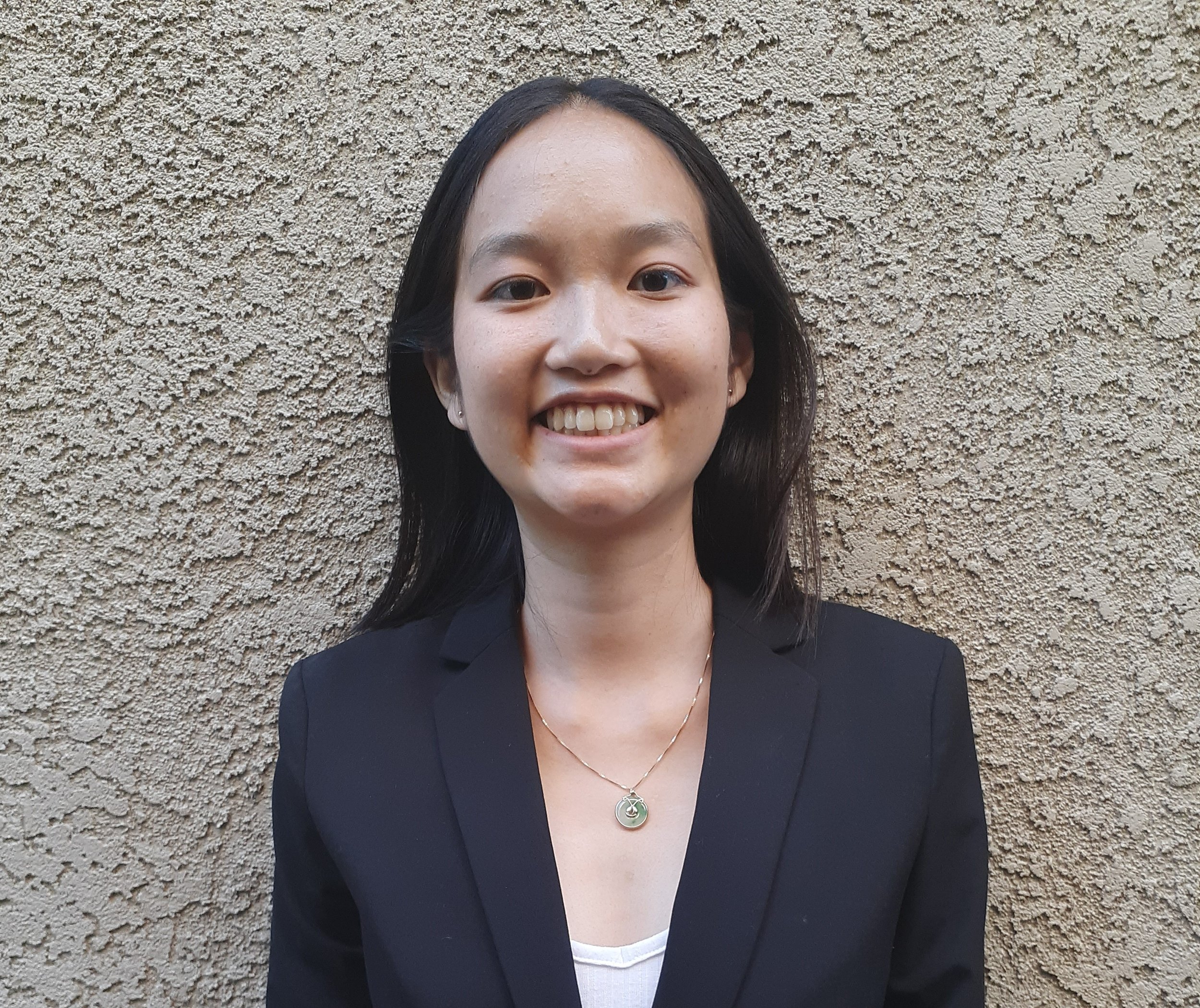
California State University – Fullerton
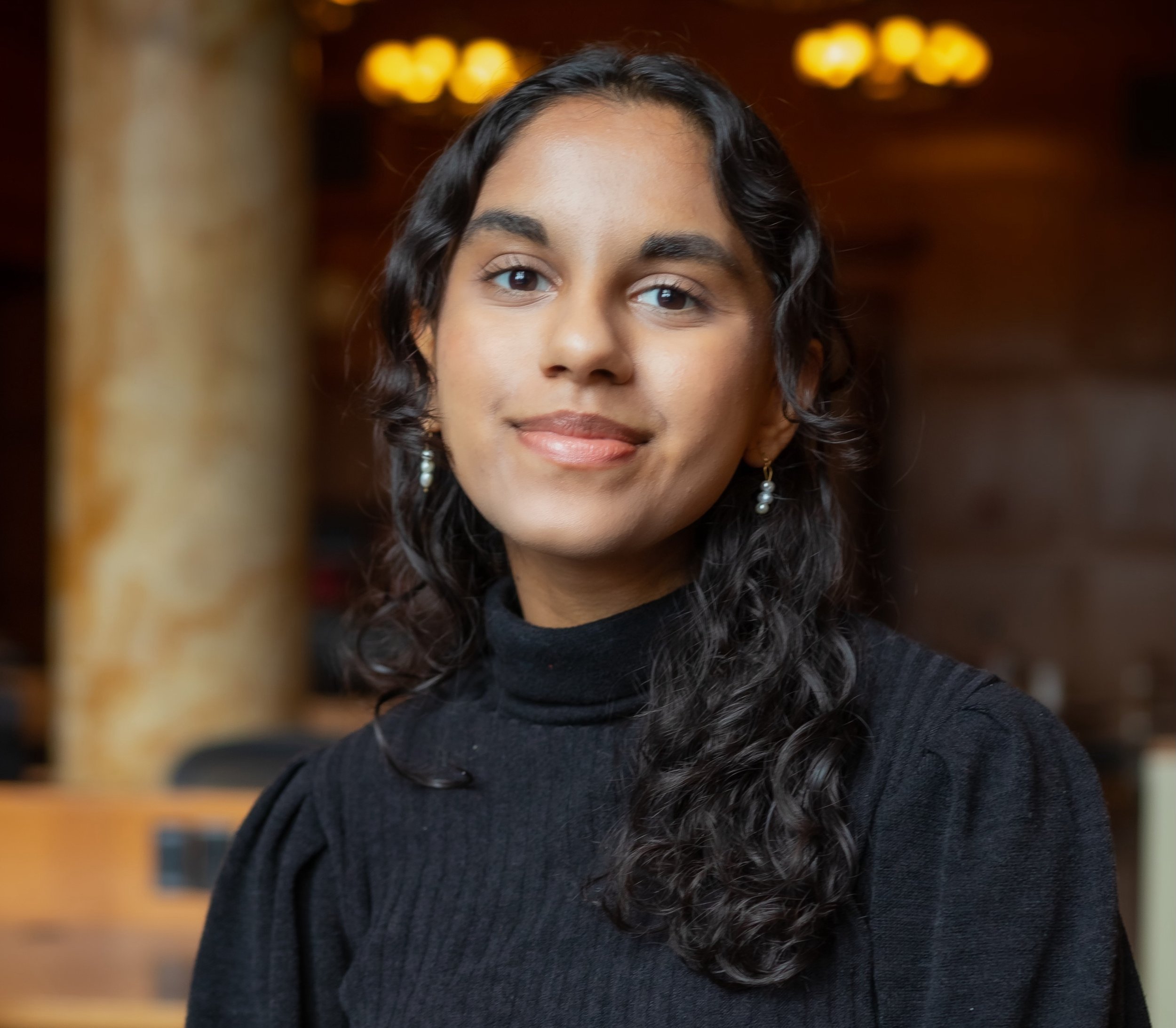
Harvard College
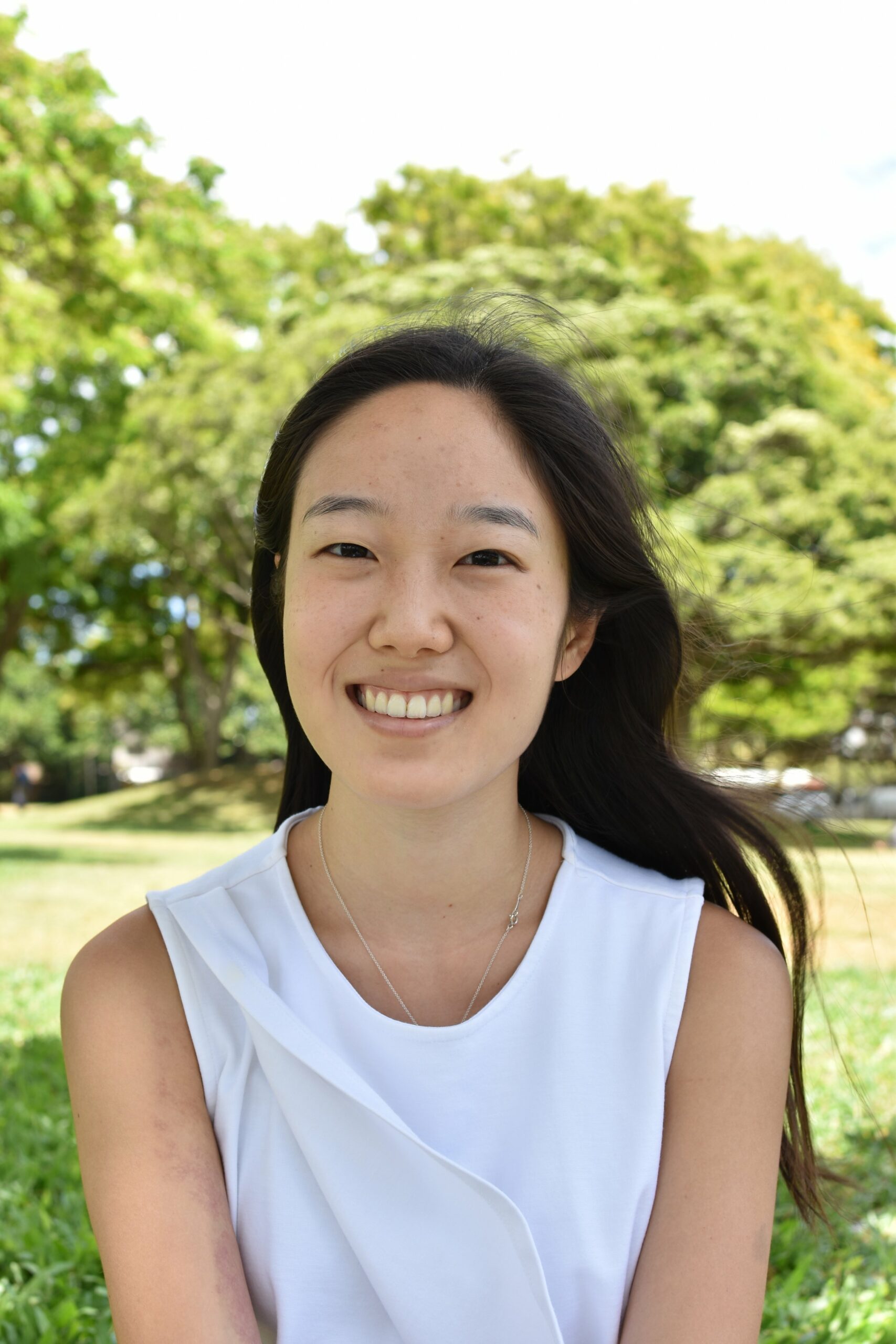
University of California, Los Angeles

Harvard College
Feature
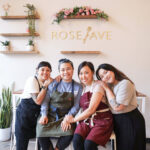
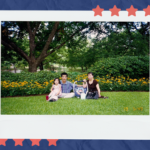


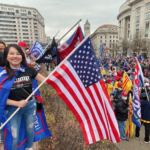
Los Angeles 2022

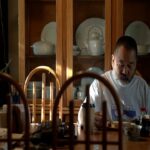



Apply
Become a fellow or editor
Donate
Support our impact
Partner
Work with us as a brand
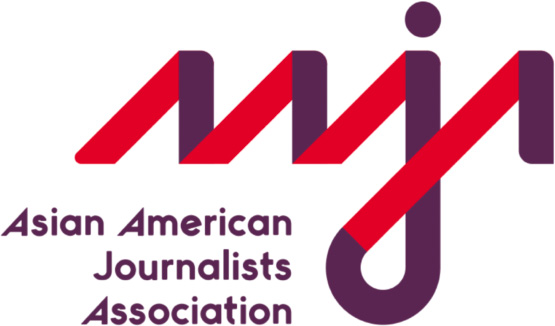
The Asian American Journalists Association (AAJA) is a membership nonprofit advancing diversity in newsrooms and ensuring fair and accurate coverage of communities of color. AAJA has more than 1,500 members across the United States and Asia.